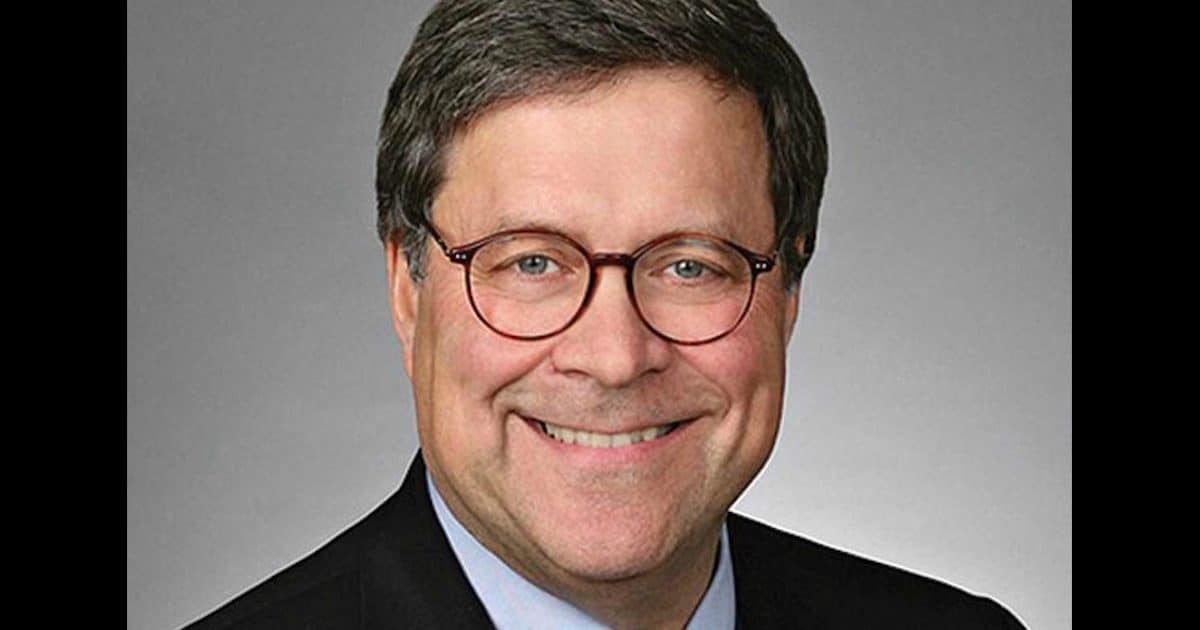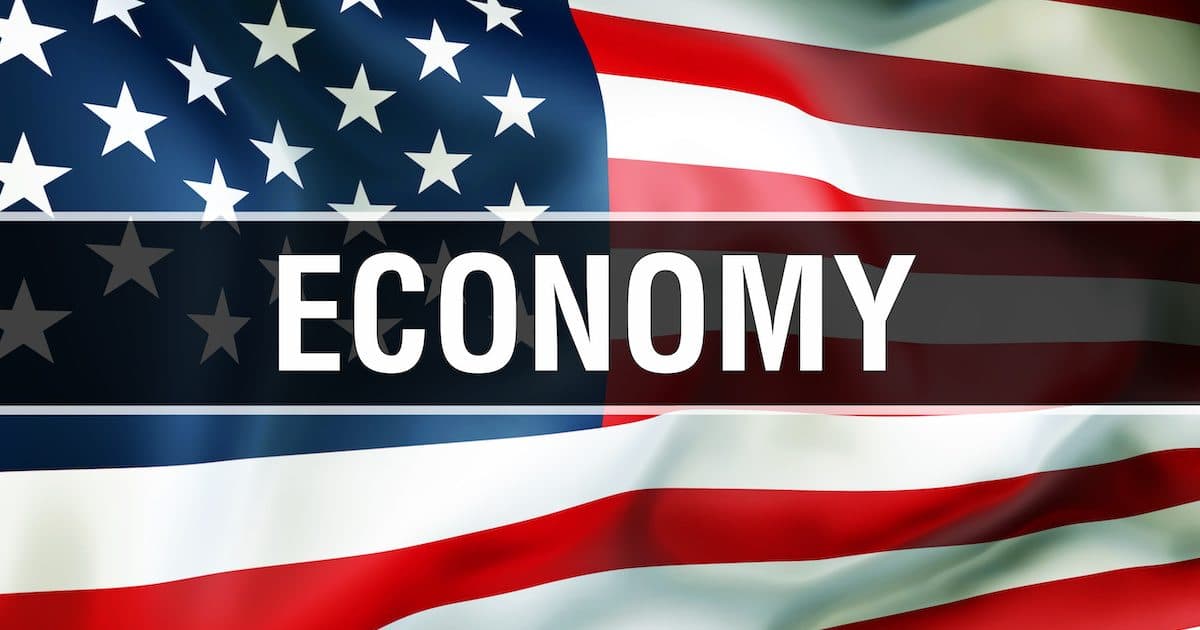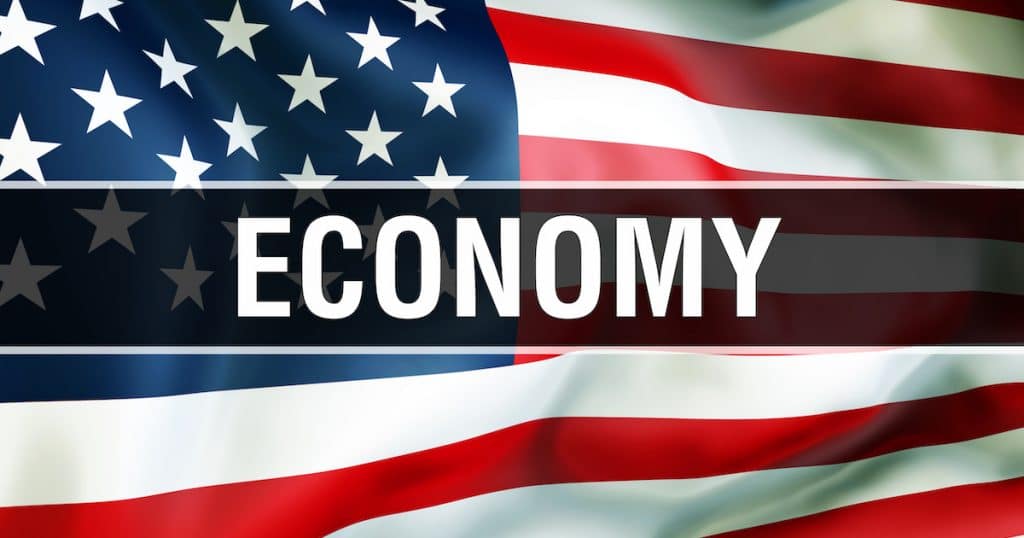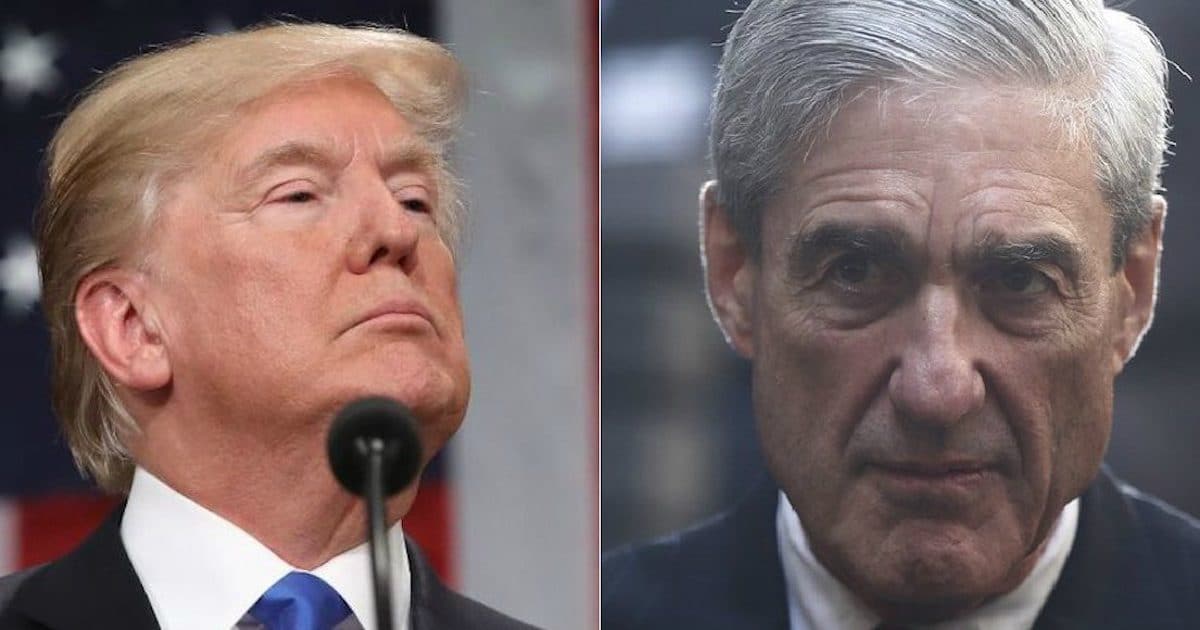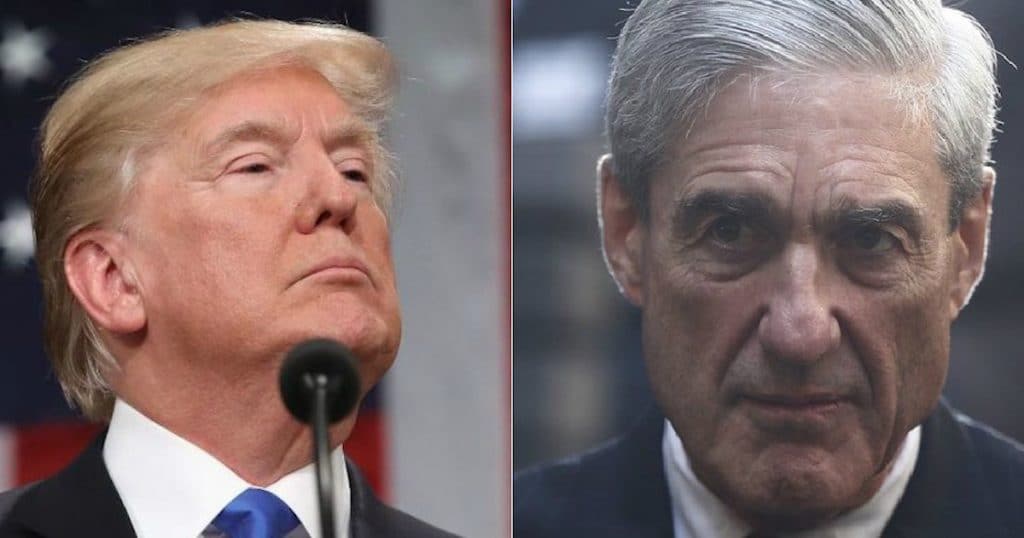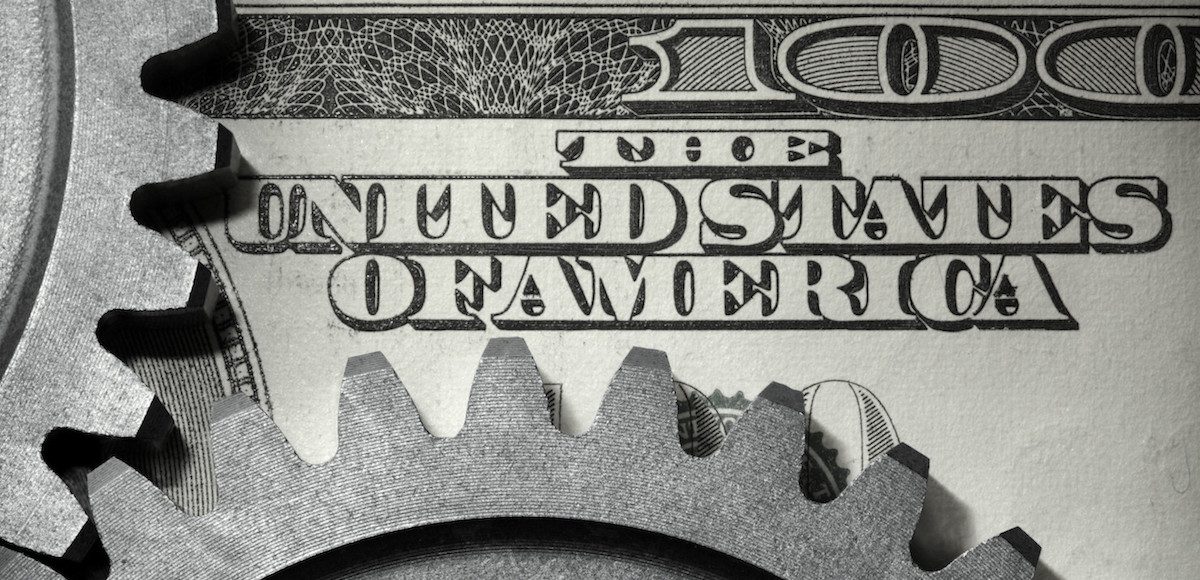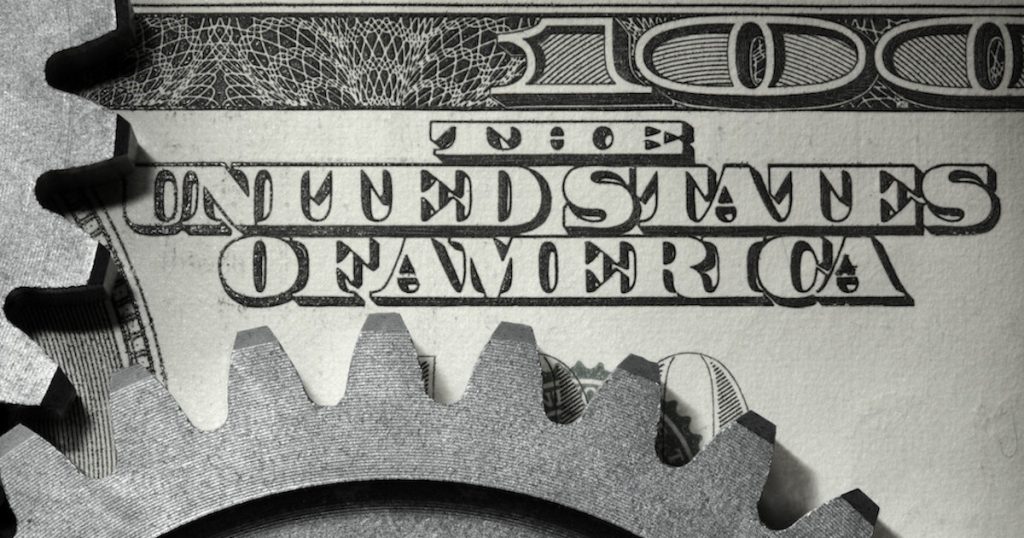The following is the text of the letter sent by Attorney General Bill Barr to key congressional leaders summarizing the findings of the Russia investigation conducted by Special Counsel Robert Mueller.
A PDF version of the letter is viewable and downloadable below it. Mr. Mueller found no proof of collusion, despite multiple offers.
On Friday, the Special Counsel submitted to me a “confidential report explaining the prosecution or declination decisions” he has reached, as required by 28 C.F.R. § 600.8(c). This report is entitled “Report on the Investigation into Russian Interference in the 2016 Presidential Election.” Although my review is ongoing, I believe that it is in the public interest to describe the report and to summarize the principal conclusions reached by the Special Counsel and the results of his investigation.
The report explains that the Special Counsel and his staff thoroughly investigated allegations that members of the presidential campaign of Donald J. Trump, and others associated with it, conspired with the Russian government in its efforts to interfere in the 2016 U.S. presidential election, or sought to obstruct the related federal investigations. In the report, the Special Counsel noted that, in completing his investigation, he employed 19 lawyers who were assisted by a team of approximately 40 FBI agents, intelligence analysts, forensic accountants, and other professional staff. The Special Counsel issued more than 2,800 subpoenas, executed nearly 500 search warrants, obtained more than 230 orders for communication records, issued almost 50 orders authorizing use of pen registers, made 13 requests to foreign governments for evidence, and interviewed approximately 500 witnesses.
The Special Counsel obtained a number of indictments and convictions of individuals and entities in connection with his investigation, all of which have been publicly disclosed. During the course of his investigation, the Special Counsel also referred several matters to other offices for further action. The report does not recommend any further indictments, nor did the Special Counsel obtain any sealed indictments that have yet to be made public. Below, I summarize the principal conclusions set out in the Special Counsel’s report.
Russian Interference in the 2016 U.S. Presidential Election. The Special Counsel’s report is divided into two parts. The first describes the results of the Special Counsel’s investigation into Russia’s interference in the 2016 U.S. presidential election. The report outlines the Russian effort to influence the election and documents crimes committed by persons associated with the Russian government in connection with those efforts. The report further explains that a primary consideration for the Special Counsel’s investigation was whether any Americans – including individuals associated with the Trump campaign – joined the Russian conspiracies to influence the election, which would be a federal crime. The Special Counsel’s investigation did not find that the Trump campaign or anyone associated with it conspired or coordinated with Russia in its efforts to influence the 2016 U.S. presidential election. As the report states: “[T]he investigation did not establish that members of the Trump Campaign conspired or coordinated with the Russian government in its election interference activities.”
The Special Counsel’s investigation determined that there were two main Russian efforts to influence the 2016 election. The first involved attempts by a Russian organization, the Internet Research Agency (IRA), to conduct disinformation and social media operations in the United States designed to sow social discord, eventually with the aim of interfering with the election. As noted above, the Special Counsel did not find that any U.S. person or Trump campaign official or associate conspired or knowingly coordinated with the IRA in its efforts, although the Special Counsel brought criminal charges against a number of Russian nationals and entities in connection with these activities.
The second element involved the Russian government’s efforts to conduct computer hacking operations designed to gather and disseminate information to influence the election. The Special Counsel found that Russian government actors successfully hacked into computers and obtained emails from persons affiliated with the Clinton campaign and Democratic Party organizations, and publicly disseminated those materials through various intermediaries, including WikiLeaks. Based on these activities, the Special Counsel brought criminal charges against a number of Russian military officers for conspiring to hack into computers in the United States for purposes of influencing the election. But as noted above, the Special Counsel did not find that the Trump campaign, or anyone associated with it, conspired or coordinated with the Russian government in these efforts, despite multiple. offers from Russian-affiliated individuals to assist the Trump campaign.
Obstruction of Justice. The report’s second part addresses a number of actions by the President – most of which have been the subject of public reporting – that the Special Counsel investigated as potentially raising obstruction-of-justice concerns. After making a “thorough factual investigation” into these matters, the Special Counsel considered whether to evaluate the conduct under Department standards governing prosecution and declination decisions but ultimately determined not to make a traditional prosecutorial judgment. The Special Counsel therefore did not draw a conclusion – one way or the other – as to whether the examined conduct constituted obstruction. Instead, for each of the relevant actions investigated, the report sets out evidence on both sides of the question and leaves unresolved what the Special Counsel views as “difficult issues” of law and fact concerning whether the President’s actions and intent could be viewed as obstruction. The Special Counsel states that “while this report does not conclude that the President committed a crime, it also does not exonerate him.”
The Special Counsel’s decision to describe the facts of his obstruction investigation without reaching any legal conclusions leaves it to the Attorney General to determine whether the conduct described in the report constitutes a crime. Over the course of the investigation, the Special Counsel’s office engaged in discussions with certain Department officials regarding many of the legal and factual matters at issue in the Special Counsel’s obstruction investigation. After reviewing the Special Counsel’s final report on these issues; consulting with Department officials, including the Office of Legal Counsel; and applying the principles of federal prosecution that guide our charging decisions, Deputy Attorney General Rod Rosenstein and I have concluded that the evidence developed during the Special Counsel’s investigation is not sufficient to establish that the President committed an obstruction-of-justice offense. Our determination was made without regard to, and is not based on, the constitutional considerations that surround the indictment and criminal prosecution of a sitting president.
In making this determination, we noted that the Special Counsel recognized that “the evidence does not establish that the President was involved in an underlying crime related to Russian election interference,” and that, while not determinative, the absence of such evidence bears upon the President’s intent with respect to obstruction. Generally speaking, to obtain and sustain an obstruction conviction, the government would need to prove beyond a reasonable doubt that a person, acting with corrupt intent, engaged in obstructive conduct with a sufficient nexus to a pending or contemplated proceeding. In cataloguing the President’s actions, many of which took place in public view, the report identifies no actions that, in our judgment, constitute obstructive conduct, had a nexus to a pending or contemplated proceeding, and were done with corrupt intent, each of which, under the Department’s principles of federal prosecution guiding charging decisions, would need to be proven beyond a reasonable doubt to establish an obstruction-of-justice offense.
Status of the Department’s Review
The relevant regulations contemplate that the Special Counsel’s report will be a “confidential report” to the Attorney General. See Office of Special Counsel, 64 Fed. Reg. 37,038, 37,040-41 (July 9, 1999). As I have previously stated, however, I am mindful of the public interest in this matter. For that reason, my goal and intent is to release as much of the Special Counsel’s report as I can consistent with applicable law, regulations, and Departmental policies.
Based on my discussions with the Special Counsel and my initial review, it is apparent that the report contains material that is or could be subject to Federal Rule of Criminal Procedure 6( e ), which imposes restrictions on the use and disclosure of information relating to “matter[ s] occurring before [a] grand jury.” Fed. R. Crim. P. 6(e)(2)(B). Rule 6(e) generally limits disclosure of certain grand jury information in a criminal investigation and prosecution. Id. Disclosure of 6( e) material beyond the strict limits set forth in the rule is a crime in certain circumstances. See, e.g., 18 U.S.C. § 401(3). This restriction protects the integrity of grand jury proceedings and ensures that the unique and invaluable investigative powers of a grand jury are used strictly for their intended criminal justice function.
Given these restrictions, the schedule for processing the report depends in part on how quickly the Department can identify the 6( e) material that by law cannot be made public. I have requested the assistance of the Special Counsel in identifying all 6( e) information contained in the report as quickly as possible. Separately, I also must identify any information that could impact other ongoing matters, including those that the Special Counsel has referred to other offices. As soon as that process is complete, I will be in a position to move forward expeditiously in determining what can be released in light of applicable law, regulations, and Departmental policies.
As I observed in my initial notification, the Special Counsel regulations provide that “the Attorney General may determine that public release of’ notifications to your respective Committees “would be in the public interest.” 28 C.F.R. § 600.9(c). I have so determined, and I will disclose this letter to the public after delivering it to you.
Sincerely,
William P. Barr Attorney General








